Dietary Restrictions on Food Labels: What You Need to Know
This entry was posted on September 17, 2024 .
Food allergies and dietary restrictions are more common than ever, and for many, they are a matter of life and death. Whether someone is allergic to nuts, avoiding gluten, or needs to steer clear of eggs, clear labeling is crucial for their safety and peace of mind.
This article will cover where and how to display dietary restrictions on food labels, the kind of information that needs to be included, and the best practices to ensure your labels are clear and helpful.
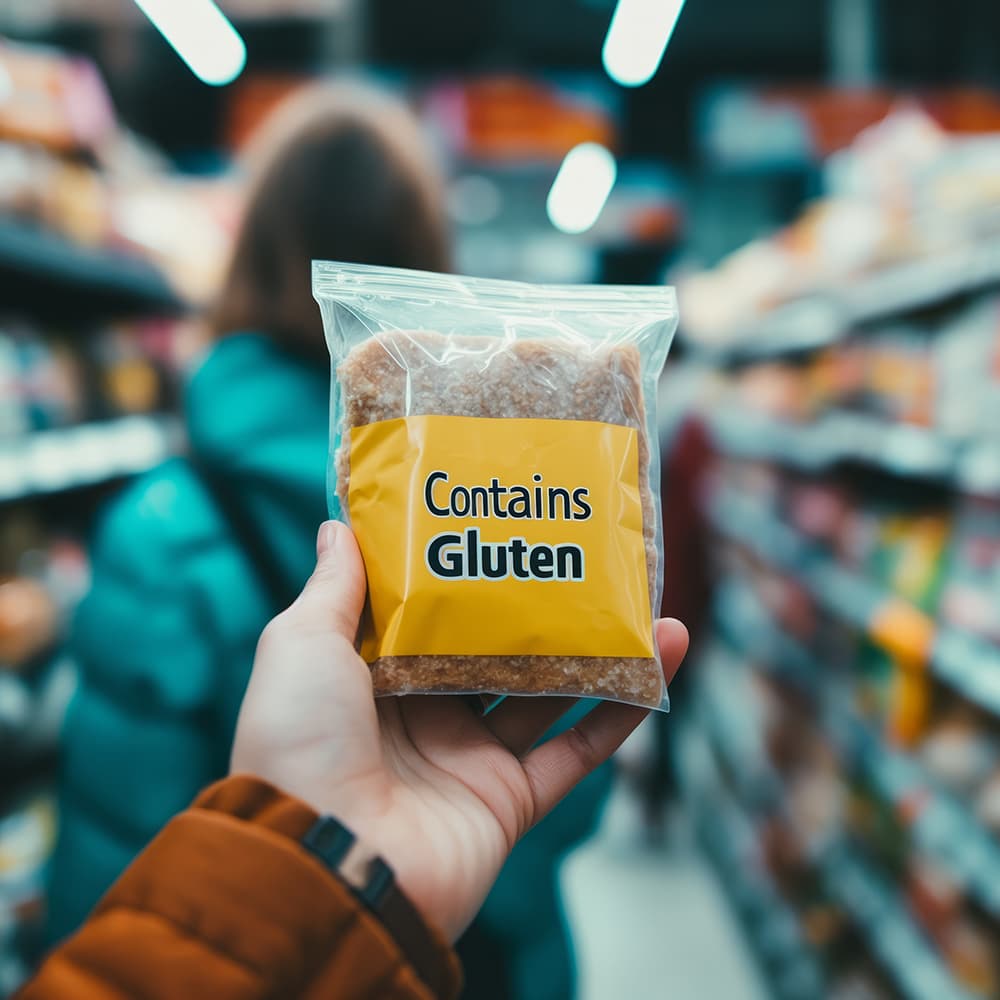

Why Clear Labeling Matters
Clear labeling is not just about following the law—it's about ensuring the safety of your customers and building trust in your brand. Mislabeling or vague descriptions can lead to serious health risks, including severe allergic reactions, which can be life-threatening for some people. Moreover, failing to provide clear information can result in negative publicity, loss of consumer trust, and potential legal consequences.
When consumers pick up a product, they want to feel confident that it's safe for them to consume. If they have to squint to read your labels or are left guessing about potential allergens, they might decide to take their business elsewhere. Clear labeling isn't just a courtesy; it's a necessity.
Key Information to Include for Dietary Restrictions
When it comes to dietary restrictions, specificity is everything. Consumers rely on your labels to make informed decisions about what they can and cannot eat. Here are some common dietary labels you might need to include:
For products that are safe for people with celiac disease or gluten sensitivity, a "Gluten-Free" label is essential. It should be clearly stated if the product meets FDA standards for being gluten-free.
If your product is made without nuts or in a facility that doesn’t process nuts, make sure to indicate "Nut-Free." This is crucial information for those with peanut or tree nut allergies, as even trace amounts can cause severe reactions.
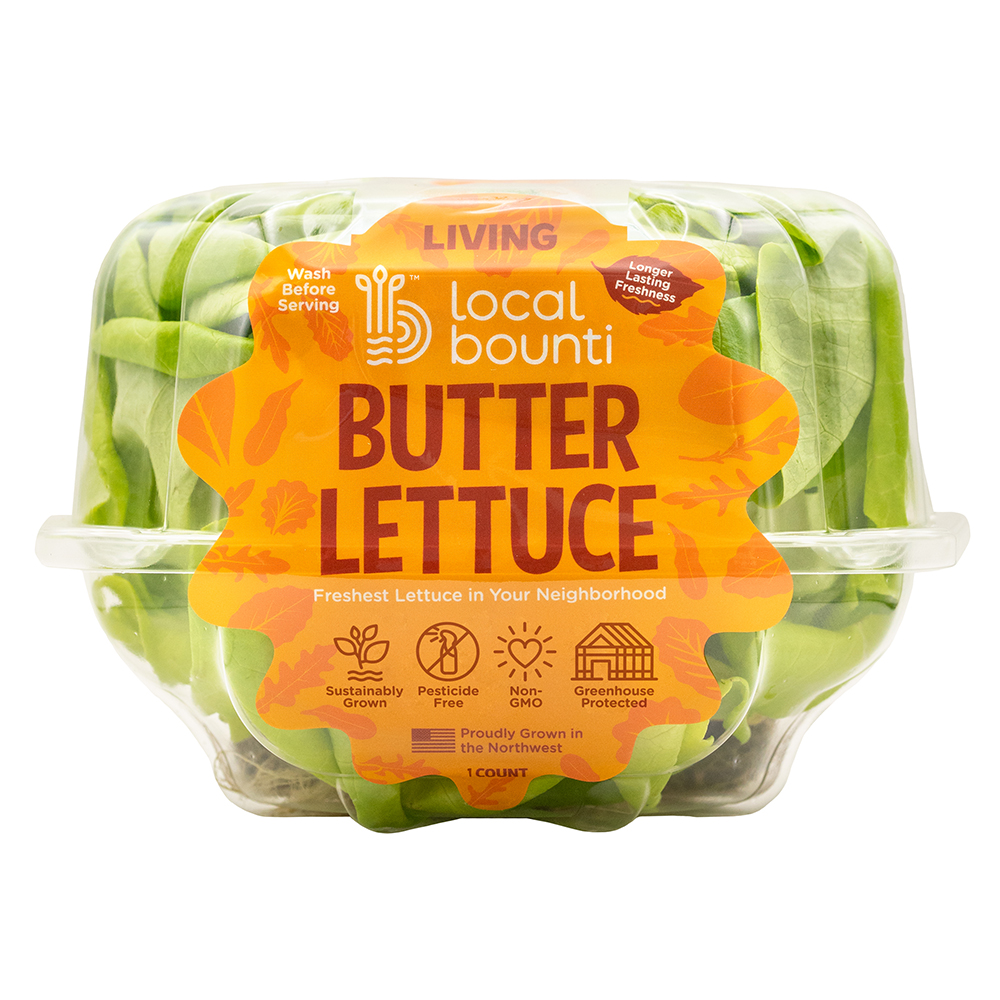

Soy is another common allergen. If a product contains soy or is processed in a facility that handles soy, it needs to be clearly indicated. Similarly, if your product is free of soy, labeling it as "Soy-Free" can be helpful for those avoiding this ingredient.
Eggs are another top allergen, so products containing them should be clearly marked. For those avoiding eggs, such as vegans or individuals with egg allergies, an "Egg-Free" label is a great way to provide necessary information.
For individuals who are lactose intolerant or allergic to milk proteins, a "Dairy-Free" label is crucial. It’s also helpful to specify if a product is vegan, as this implies it is free of all animal-derived ingredients, including dairy.


How to Display This Information
So, how can you ensure this vital information is clear and easy to spot on your labels? Let’s go over some best practices.
First, make the dietary information stand out by using bold or larger fonts. This helps consumers quickly identify if a product is safe for them. It’s especially important for key phrases like "Nut-Free" or "Contains Egg" to catch the eye immediately.
Another approach is to use icons and symbols, such as a gluten-free symbol or a simple peanut crossed out. These visual cues are instantly recognizable and can quickly communicate important information without taking up much space.
Placement is also key. Keep dietary information in a consistent spot, such as near the ingredient list or nutrition facts panel. When consumers know where to look, they can easily find the information they need without having to search the entire label.
Some companies opt for color-coding to differentiate between allergens. For example, using red for nuts, green for gluten-free, and so on. This method can be particularly helpful for consumers shopping in a hurry, allowing them to easily identify products that meet their dietary needs.
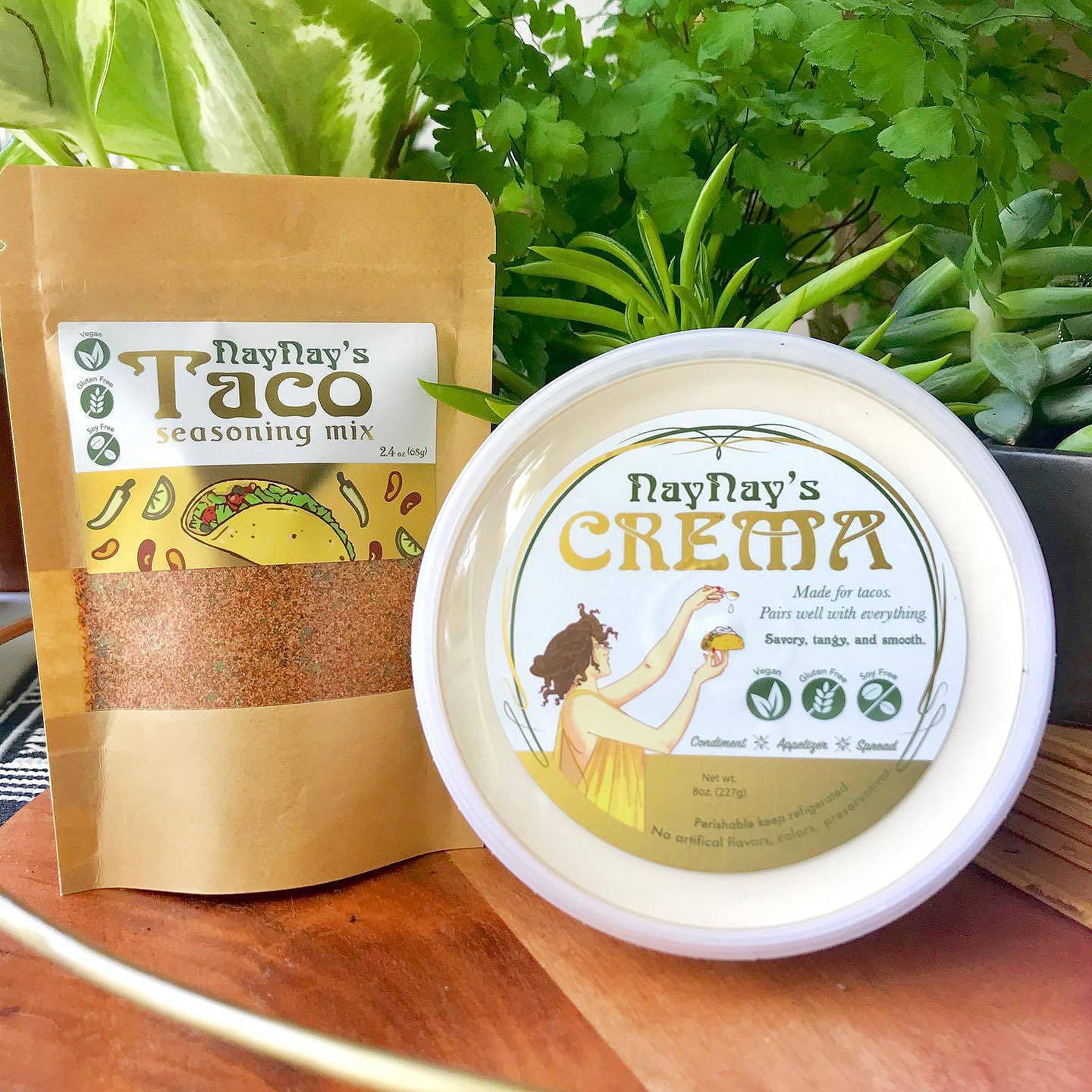

Legal Requirements and Best Practices
While it’s important to provide clear and accessible information for your customers, it’s also crucial to adhere to legal requirements for food labeling. In the United States, the Food and Drug Administration (FDA) requires that the top eight allergens—milk, eggs, fish, crustacean shellfish, tree nuts, peanuts, wheat, and soybeans—must be clearly listed if they are present in the product.
Beyond legal requirements, consider adopting best practices to go above and beyond for your customers. Always use plain language that’s easy to understand. Avoid technical jargon that might confuse consumers. The goal is to make your labels as clear and straightforward as possible.
Additionally, think about the design and readability of your labels. Small fonts and cramped text can make it difficult for consumers to find the information they need. A clean, uncluttered design with ample white space will make your labels easier to read and more visually appealing.
Pro Tip: Go the Extra Mile
If you want to go the extra mile, consider including information about how allergens might have been handled during production. For example, if there is a possibility of cross-contamination, it’s helpful to include a statement like "Made in a facility that also processes nuts." This kind of transparency can help consumers make more informed choices and build trust in your brand.
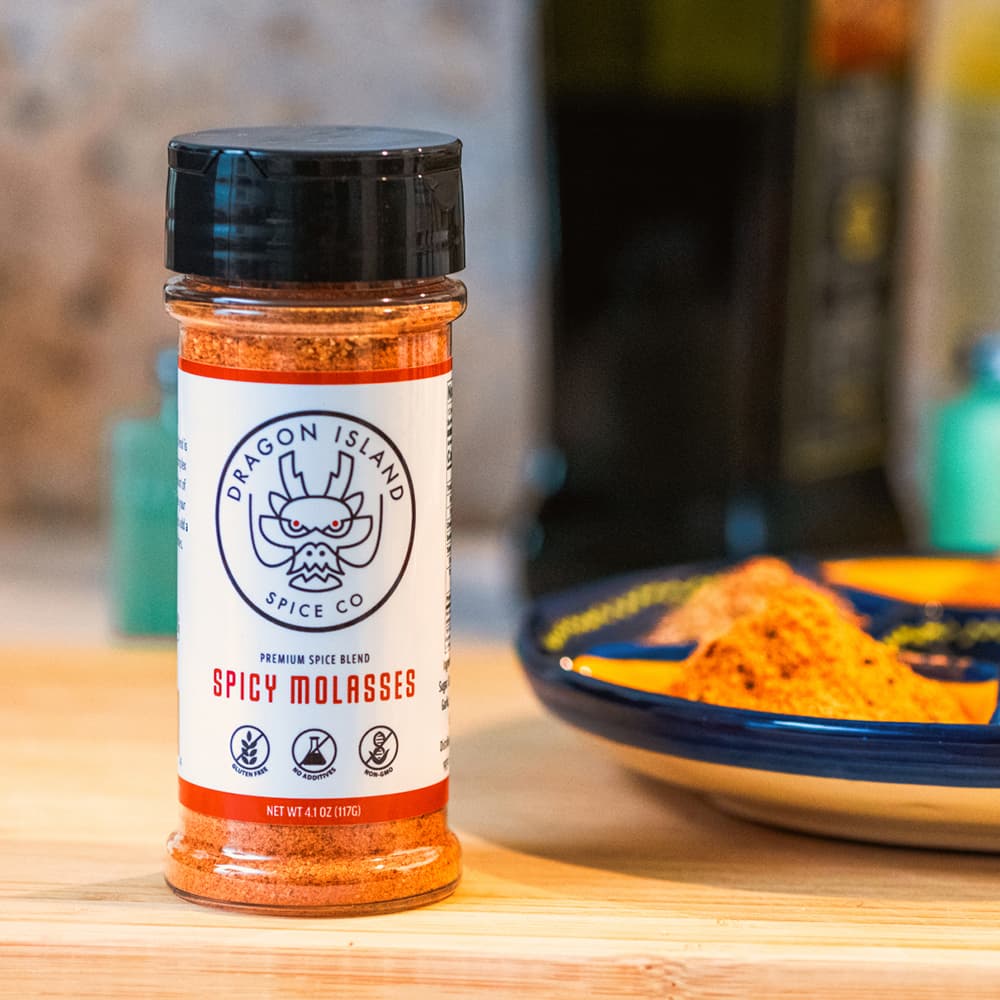

Wrapping it Up
Clear labeling of dietary restrictions on food products is not only a legal obligation but also a crucial aspect of consumer safety and brand trust. By providing specific, easy-to-read information and using best practices in label design, you can ensure that your products are safe and accessible for everyone.
For more detailed guidelines on food labeling, you can visit the FDA’s official page on food labeling. They offer comprehensive resources to help you stay compliant and protect your customers.
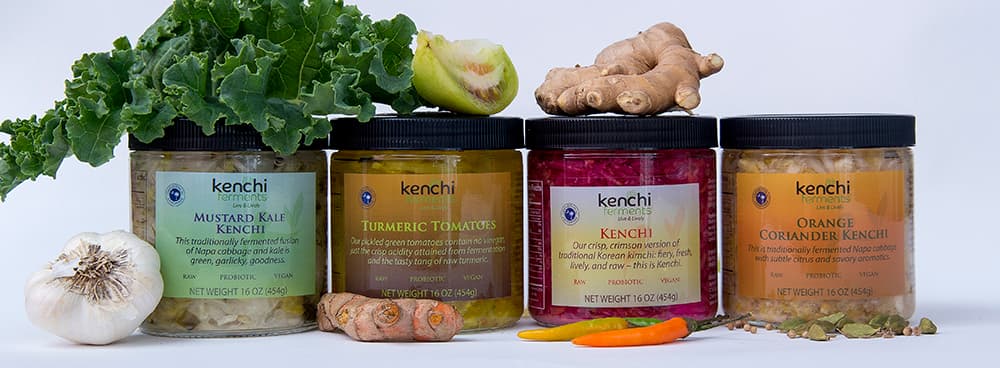

Ready to Create Your Custom Labels?
Now that you know the importance of clear labeling for dietary restrictions, it's time to make sure your products are labeled correctly! At Lightning Labels, we specialize in creating high-quality, customizable labels that meet your specific needs.
Whether you need labels that highlight allergens or showcase special dietary features, we’ve got you covered. Get a quote today and see how easy it is to create labels that not only comply with regulations but also build trust with your customers.

 Custom Labels
Custom Labels  Custom Beverage Labels
Custom Beverage Labels  Custom Lip Balm Labels
Custom Lip Balm Labels  Custom Warning & Safety Labels
Custom Warning & Safety Labels  Perfume Bottle Labels
Perfume Bottle Labels  Bumper Stickers
Bumper Stickers  Custom Prop 65 Warning Labels
Custom Prop 65 Warning Labels  Custom Stickers
Custom Stickers